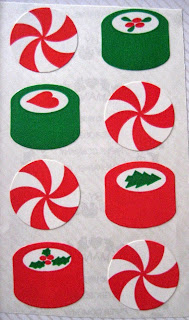Unicorns are mentioned in the Bible nine or ten times. It is believed that the reference to a strong, one-horned animal was actually
to a rhinoceros. However, Indian tradition induced western writers to believe that the unicorn was a horse-like animal with one horn; this would influence Byzantine and Italian iconography. By the later Middle Ages, it was believed that only a virgin could capture a unicorn.
Pegasus is from Greek mythology. A winged horse, he was the offspring of Poseidon and Medusa--who knew?--he sprang forth from the bleeding body of Medusa when her head was severed by Perseus. Bellerophon tamed him while he was resting on the acropolis of Corinth.
Somehow, by the time I was growing up, Pegasus and unicorns were interchangeable, or at least, closely related. It never occurred to me that Pegasus was a character, but rather, a type of horse with wings that flew over rainbows and planets and clouds. And unicorns were kind of the same, except for the flying part.
I think stickers played no small role in fostering this assumption:
Unicorn artist
Sue Dawe was profiled in
Stickers Magazine and created stickers just for the readers of
Stickers although I have never seen her designs used on stickers otherwise. Mostly you will remember her artwork from notebooks and folders.
Notice that this last sticker shows a mother Pegasus with a baby, just like the sticker above shows a mother unicorn with a baby. Obviously, this is not possible. My guess is that Sue Dawe never read Hesiod.
I am not aware of either a Biblical or a Classical tradition for carousel horses. The iconographic waters were really getting muddied here.
This is a unicorn--and that's one to grow on.































